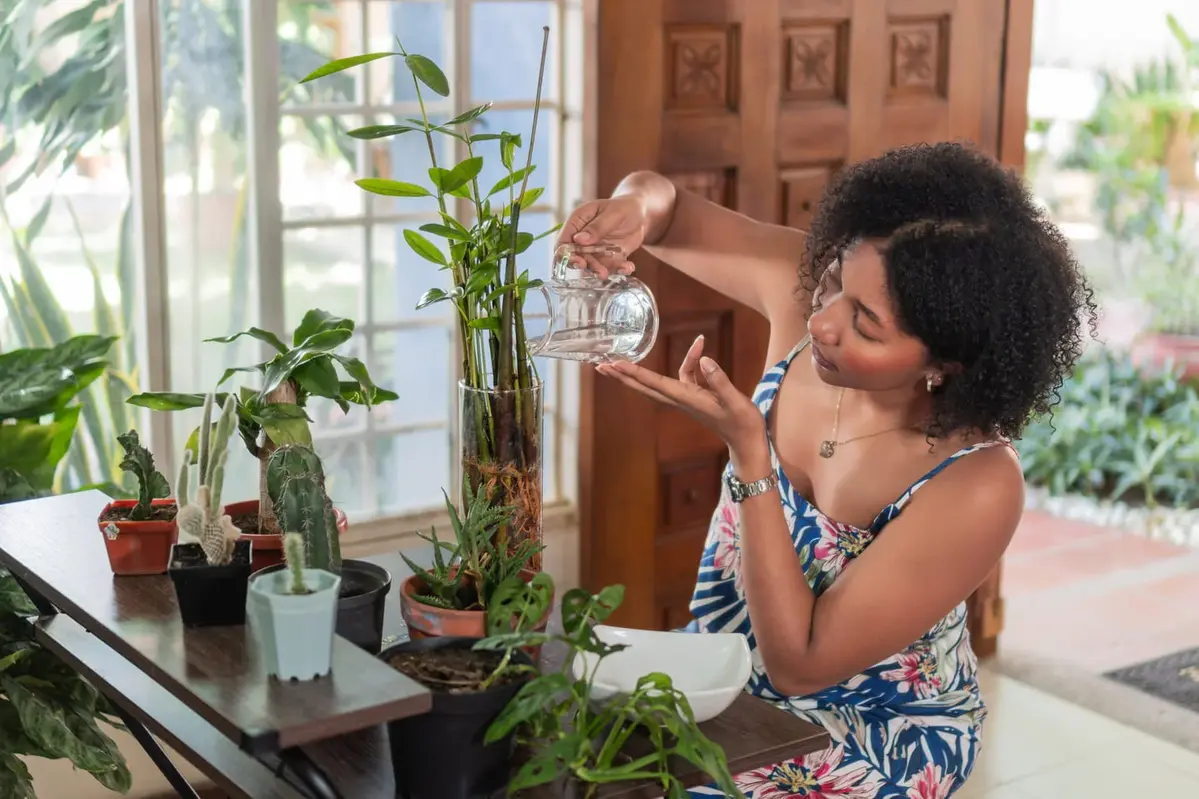Gardening
Too Much Humidity Can Harm Your Plants—Here’s What to Watch For

Humidity plays a big role in plant care. For indoor plant lovers, managing humidity and houseplants is crucial for healthy growth. Too much moisture in the air can cause several issues, from moldy roots to leaf diseases. That’s why knowing the ideal humidity range and how to adjust it matters so much.
Below, we explain how to detect high humidity, how it affects plants, and what steps you can take to fix it.
How Humidity Impacts Your Plants
Humidity influences how plants breathe, absorb water, and take in nutrients. When it’s too high, your plants might suffer.
- Moisture Affects Root Absorption
In high humidity, roots take in less water. That’s because the leaves lose less water through pores, reducing the plant’s need to drink. Over time, this slows down nutrient flow and growth. - Mold and Fungus Appear Easily
Excess moisture creates a welcoming environment for mold, mildew, and fungal infections. These can show up as dark spots or fuzzy patches. - Some Plants Love It—But Not All
Tropical plants like orchids or ferns love humidity. However, most houseplants do best in levels between 40% and 60%. Once humidity rises above 70%, issues usually begin.
Signs Your Home Is Too Humid for Plants
Noticing changes in your plant’s appearance? Here are some warning signs to look out for.
- Leaf Discoloration and Spots
If leaves show black or brown spots, or turn yellow too quickly, that might signal fungal disease from too much humidity. - Moldy Soil and Odors
Check your pots. Moldy soil or a sour smell often means poor air circulation and trapped moisture. - Soft or Mushy Roots
Over time, roots exposed to constant dampness can rot. If they feel mushy or dark, it’s time to act fast. - Sticky or Damp Air
When the air feels heavy or sticky indoors, your plants might suffer. This environment allows bacteria and fungi to spread faster.
Simple Fixes to Control Indoor Humidity
You don’t need fancy tools to manage humidity. A few small changes can make a big difference.
- Ventilate Your Space Regularly
Open windows when possible. Use exhaust fans in rooms where moisture builds up, like bathrooms or kitchens. - Use a Dehumidifier
A small, energy-efficient dehumidifier works well in humid climates. It helps remove excess moisture from the air. - Space Your Plants Apart
Give your plants breathing room. This reduces moisture trapped between leaves and improves air movement. - Try a Hygrometer
A hygrometer is an easy tool that measures air humidity. Use it to track moisture levels and adjust conditions as needed.
When Humidity Is a Good Thing
While too much humidity can be harmful, don’t forget that many houseplants still need some. Plants like calatheas, pothos, and palms do best with moderate moisture.
The key is balance. With the right tools and awareness, you can master the relationship between humidity and houseplants.
Stay Informed, Stay Prepared
Find more practical advice, home care tips, and maintenance guides by browsing the latest articles on our website.
Also, visit our sister sites for even more trusted content:
http://MyGroceriesWorld.com – Your go-to source for the latest updates on grocery shopping, prices, and everyday essentials.
http://MyPersonalCareWorld.com – Stay informed with the newest trends and tips in beauty, skincare, and personal wellness.
http://MyHomeDecorWorld.com – Turn your dream home into reality with stylish ideas and interior design inspiration.
http://MyBabyCareWorld.com – Stay updated on baby care essentials and parenting tips.
A well-cared home starts with the right knowledge.
